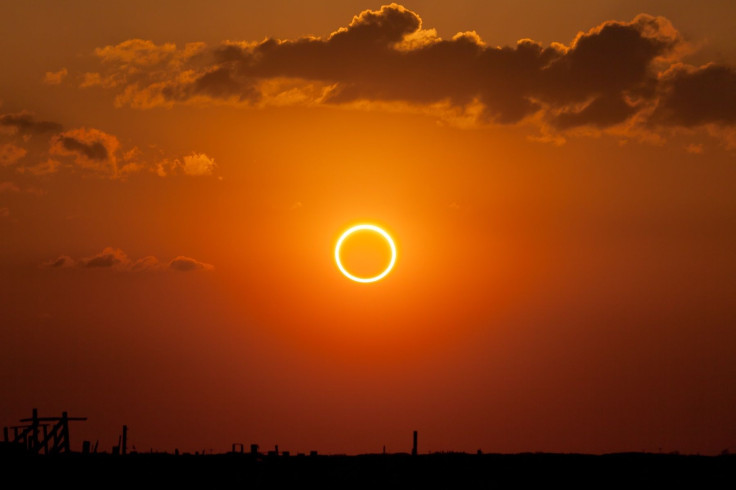
This week, the sun will disappear one extra time. On May 9 and 10, 2013, the annular Solar eclipse will likely dazzle people that can see it live and those that will later see it on television. For a short time, approximately 95 percent of the closest star in the Milky Way, the sun, will be obscured by the Earth's lone moon.
However, unfortunately for most Americans in the Lower 48, network news programs may be the closest citizens will get to viewing the 2013 annular eclipse. Unless weather conditions prove troublesome, people in the South Pacific, including Australia and New Zealand will likely have a front row seat to the eclipse. Hawaiians will likely be the only Americans to see at least part of it on home soil.
The path of annularity, or the track that the sun will take while being eclipsed by the moon, will cut across many islands in the Pacific and Indian Oceans, including Australia, Papua New Guinea and the Solomon Islands.
A lunar eclipse, basically a reversal of roles in which the moon is blocked by the sun, is scheduled to occur May 24, according to CBS.
Medical experts warn potential witnesses not to look directly at an eclipse, no matter how obscured the sun is, as similar eye damage to looking at a fully free-range sun may occur nonetheless.
The "ring of fire" description arose from the fact that the five percent of the sun that remains around the edges of the moon makes the dark lunar sphere to appear to be surrounded by fire. The reason for the two-day official listing of the time of the eclipse is the fact that it will affect both sides of the International Date Line at the same time.
© 2025 Latin Times. All rights reserved. Do not reproduce without permission.




